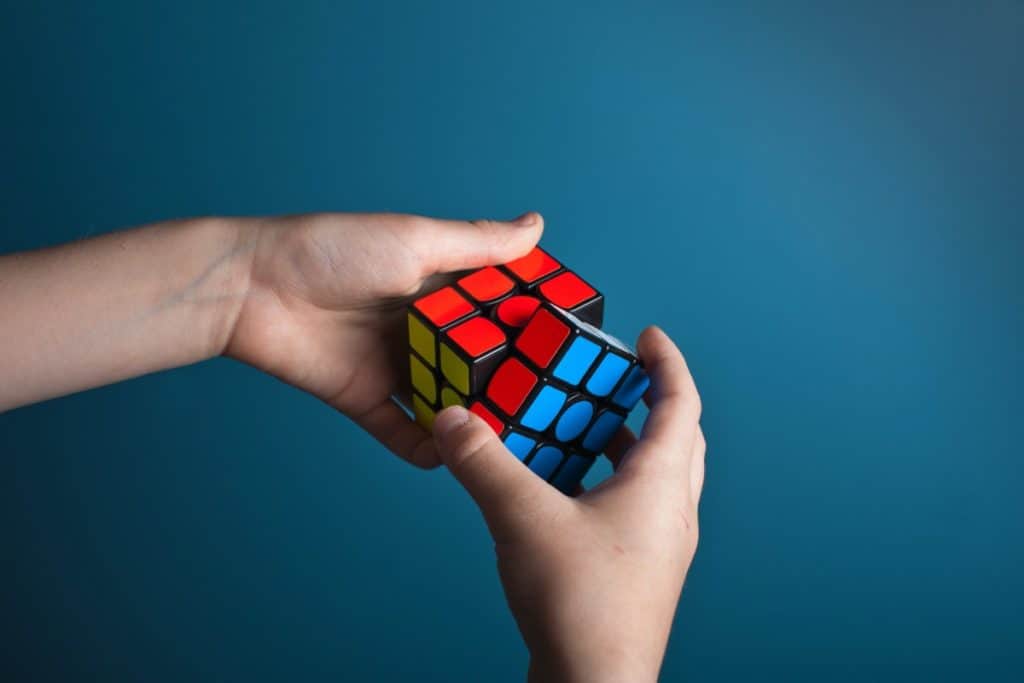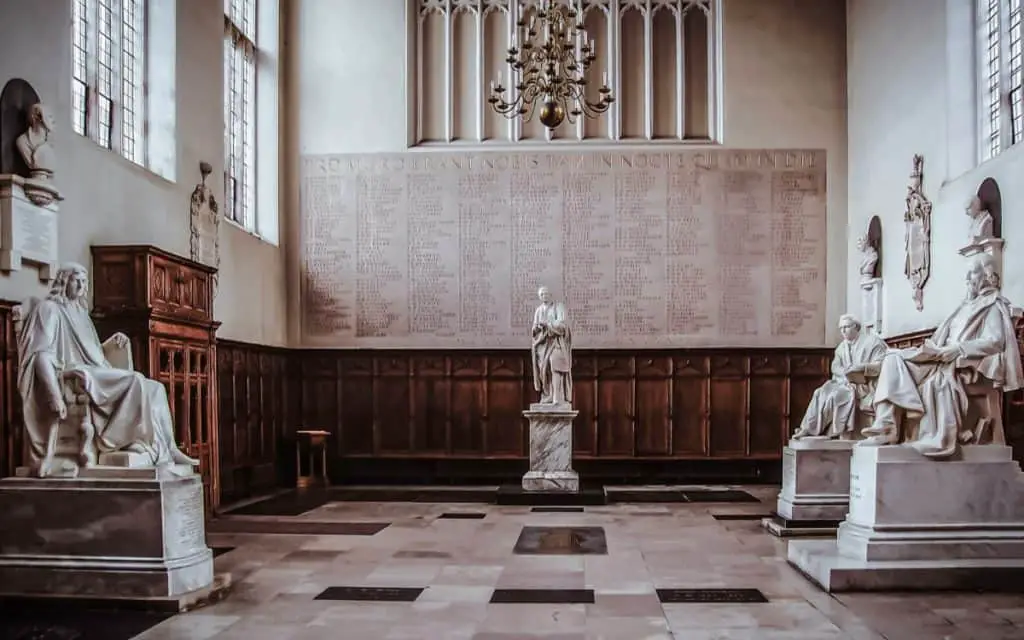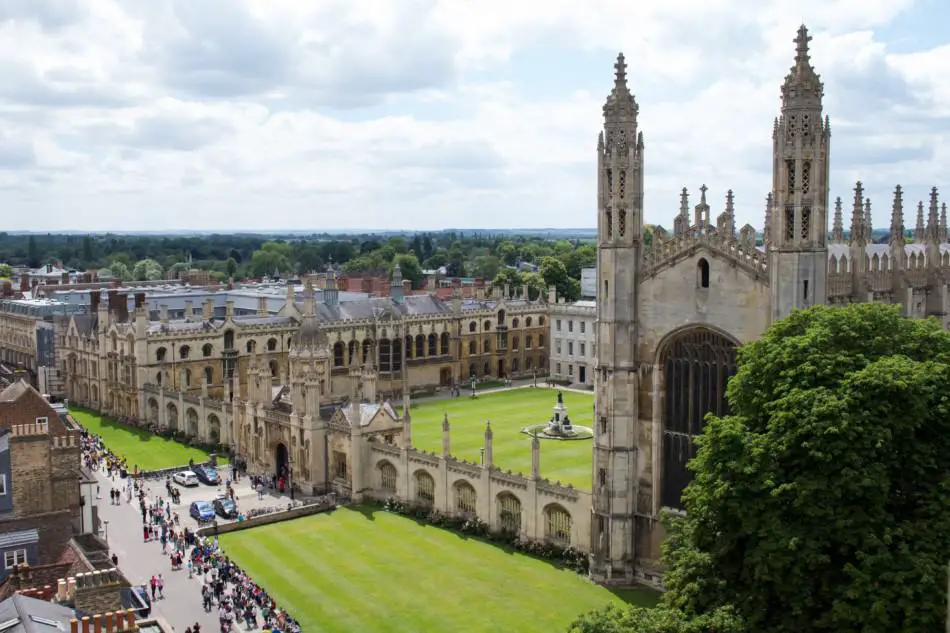When we learn something new, what happens? Well, we may get smarter, acquire a new skill, or be able to better empathize with another person. In addition to the benefits that can come from learning something new, there is something else that happens as well. There are actual, physical changes that happen to your brain when you learn something new. This phenomenon is known as neuroplasticity. It is something that happens in the human brain throughout the course of our lives. It is why humans are able to learn new skills, adapt to new environments and change behavior. It is critical to human survival. Here we will look at the neuroplasticity definition, discuss when it occurs and explain exactly what happens in the brain when we learn something new.
What is Neuroplasticity?
Celeste Campbell, a Neuropsychologist, explains on brainline.org that Neuroplasticity is, “the brain’s amazing capacity to change and adapt. It refers to the physiological changes in the brain that happen as the result of our interactions with our environment. From the time the brain begins to develop in utero until the day we die, the connections among the cells in our brains reorganize in response to our changing needs. This dynamic process allows us to learn from and adapt to different experiences.”
This is to say that, throughout our lives, the brain is physically transforming to be more effective and efficient. The idea is that the brain wants to optimize the way it connects and the way nerves and synapse work together to function. To do this, the grey matter can move and the connection between the synapses can strengthen or weaken depending on how frequently they are used. This is a process that researchers have found goes on throughout a person’s entire life.
When Does Neuroplasticity occur?
There are three major occurrences that lead to neuroplasticity in the brain. The first period is through infancy and childhood when our brains develop. This is the time when the most neuroplasticity occurs. When young people practice things over and over or start to access their memory, the process begins. Groups of neurons begin to fire together and electrochemical pathways are created. This is when brain plasticity starts to reshape and organize the brain into a more efficient machine. This is why the repetition and constant practice involved in schooling is so important to strengthen the connections and allow the brain’s neuroplasticity to develop strong pathways that will stay strong well into adulthood.
The next big example of neuroplasticity in what happens when people suffer traumatic brain injuries. Just like the brain reshapes and organizes in childhood, it does the same here to adapt to the trauma. When brain injuries cause some brain function to be lost, the brain reorganizes for two purposes. The first purpose is an attempt to change in order to compensate for functions that were lost. It also works to reorganize to maximize the brain functions that remain. Neuroplasticity is the key to recovering or being able to adapt after a brain injury.
Finally, more recent findings show, neuroplasticity occurs throughout our adult lives as we learn new things and access memory. In the past, experts believed the brain stopped developing in adulthood and brain plasticity no longer occurred. This has proven to be false and it is now known that every time we learn something new, the brain is changing and adapting. There is a valid reason that experts believed that neuroplasticity ceased during adulthood. That is because it is true that, as we age, the connections between neurons in our brain can grow weaker and stop firing. What scientists in the early 20th century and prior failed to realize is that the way to combat this process is to learn something new. This will increase neuroplasticity and get the brain back to maximizing its functionality.
What Happens in the Brain When We Learn Something New?
To better understand exactly what happens when we learn something new, we must look at exactly how the human brain functions. The brain made up of billions of neurons that work together to form all brain activity. Synapses are what connect these neurons. Synapses create an electrical and chemical connection between the neurons.
When we learn something new, certain neurons and synapses connect to commit the information or skill to memory. These connections that are successful get reinforced so that in the future, they are stronger. On the other hand, connections that are unproductive get weaker over time as well. This is why continued learning and new experiences throughout our lives lead to healthier and more efficient brain function.
Learning, in whatever form it takes, requires some level of practice and repetition. Yes, the amount of reps needed to learn something differs from person to person but the process is the same. The more we practice or study, the more the positive neuron and synapse connections are happening. This makes these connections stronger. When the connections are stronger, the grey matter in the brain shifts and reorganizes to make these connections better.
Conclusion
The brain is a truly amazing thing. What starts as a mass of grey matter at birth, transforms, protects, and improves itself over the course of time. Learning new things throughout our lives will help this process continue. The more the brain is encouraged to create neuroplasticity, the more health and high-functioning it will be.







Excellent